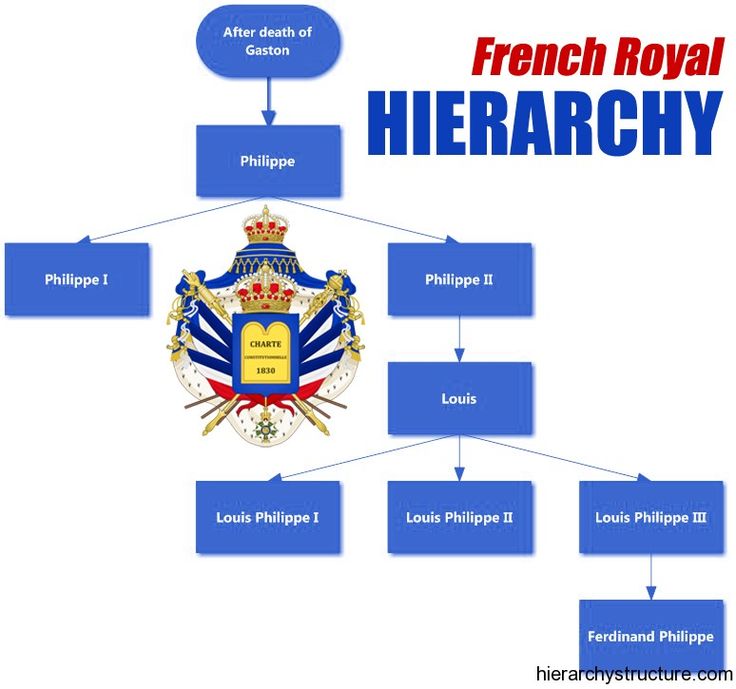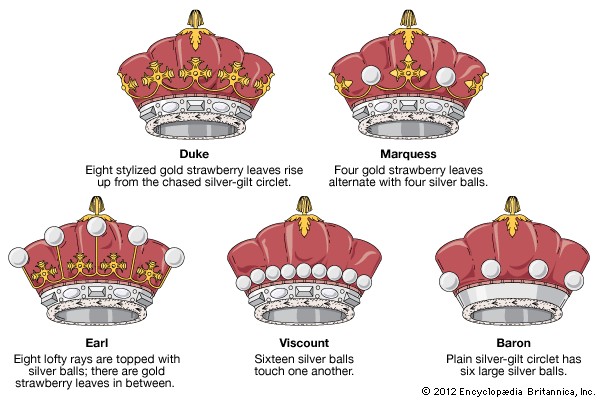French Aristocratic Titles: A Comprehensive Guide
The French aristocracy, with its intricate system of titles and ranks, played a prominent role in shaping the social and political landscape of France for centuries. Understanding the hierarchy of French aristocratic titles provides insight into the country's history, culture, and class structure. This article presents a clear and detailed overview of French aristocratic titles, from the highest echelons of nobility to lesser-known distinctions.
1. King (Roi) and Queen (Reine)
- Position: At the pinnacle of French aristocracy.
- Role: The sovereign rulers of France, holding absolute power and authority over the nation and its territories.

french aristocratic titles
2. Prince (Prince) and Princess (Princesse)
- Position: Members of the royal family, often descendants of the reigning monarch.
- Role: Enjoyed prestige and influence, sometimes governing regions as princes or princesses of specific territories.
3. Duke (Duc) and Duchess (Duchesse)
- Position: High-ranking nobles, ruling over duchies.
- Role: Governed vast estates, held significant sway in royal courts, and often served as military commanders.

french aristocratic titles
4. Marquis (Marquis) and Marquise (Marquise)
- Position: Nobles ranking below dukes but above counts.
- Role: Oversaw regions known as marquessates, which often held strategic importance on France's borders.
5. Count (Comte) and Countess (Comtesse)
- Position: Nobles ranking below marquises.
- Role: Governed counties (comtés) and administered local governance, including justice and taxation.
6. Viscount (Vicomte) and Viscountess (Vicomtesse)
- Position: Nobles ranking below counts.
- Role: Assisted counts and managed smaller territories within counties.
7. Baron (Baron) and Baroness (Baronne)
- Position: Lower-ranking nobles, often granted titles and lands by higher-ranking nobility or the monarch.
- Role: Administered local governance and served as feudal lords over their domains.
8. Chevalier (Chevalier)
- Position: Knights or members of knightly orders.
- Role: Honored for military or chivalric achievements, often serving as mounted warriors in service to their liege lords.
9. Seigneur (Seigneur)
- Position: Lords of manors or estates.
- Role: Managed agricultural lands, collected rents, and exercised feudal rights over peasants.
10. Nobleman / Noblewoman (Noble)
- Position: Individuals belonging to the nobility without specific titled rank.
- Role: Enjoyed social privileges and distinctions associated with noble birth.
Conclusion
The hierarchy of French aristocratic titles reflects the complex social structure of pre-revolutionary France, where nobility held significant power and privilege. Understanding these titles provides valuable insight into the historical, cultural, and political dynamics of the French monarchy and aristocracy. Whether one is exploring historical literature, studying genealogy, or simply curious about France's rich heritage, familiarity with French aristocratic titles adds depth and context to the narrative of the country's past.